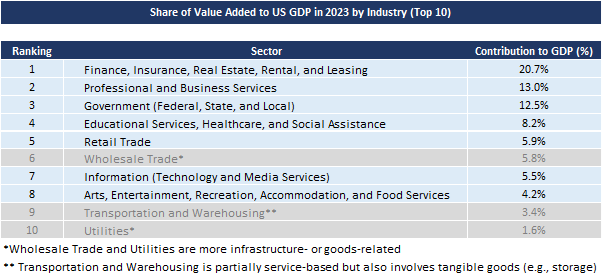Bond markets are forward-looking, pricing in expected monetary policy moves. Surprises occur when a central bank’s actions or communications deviate from these expectations. These banks significantly impact bond prices and returns as the market reprices bonds based on new, unexpected information. Monetary policy surprises can stem from changes in the ‘policy rate’ quantitative easing (QE) announcements or shifts in forward guidance.
Since reliable estimates are difficult to form beyond a year, surprise is typically defined as the deviation between 12-month market expectations and the actual policy changes over that period.
Monetary policy surprises are the key driver behind relative government bond returns. Given the inverse relationship between bond prices and interest rates, a dovish surprise—such as lower interest rates or looser monetary policy (e.g., an unexpected rate cut or QE announcement)—reduces yields, boosting bond prices and improving relative performance.
Golden Rule
Increase the duration of bond holdings in countries with the highest likelihood of a dovish surprise.
The basis for the Golen Rule:
- Capitalizing on Policy Divergence: Investors can take long positions in bonds from countries with dovish central banks to exploit the resulting price appreciation.
- Historical Outperformance: Countries with the largest dovish surprises tend to outperform, with the most significant outperformance observed in countries’ bonds delivering unexpected easing measures.
- Consistent Performance Over Time: Investing in bonds from countries with frequent dovish surprises has proven to generate superior returns.
Indicators of Potential Dovish Surprise
Several conditions signal room for easing and increasing the probability of dovish action:
- Policy-Neutral Rate Gap: A large positive gap (policy rate > neutral rate) suggests significant room for rate cuts.
- Low or Decelerating Inflation: Inflation below the central bank’s target supports a dovish stance.
- High or Rising Unemployment: Weak labour markets often prompt central banks to ease.
- Slowing Growth or Recession Risk: Economic slowdown increases the likelihood of looser monetary policy.
Given these observations, one should allocate more to government bonds of countries where the gap between the policy rate and the neutral rate is the widest and inflation is below target, as these conditions signal the highest likelihood of a dovish monetary policy surprise. Prioritize higher-duration bonds to maximize gains from falling yields.
However, global policy coordination (central banks acting in tandem, reducing relative surprise) or external shocks (geopolitical or macro events) add to the strategy’s risk. Furthermore, the neutral rate is not observable and difficult to estimate; estimating the ‘policy rate–neutral rate gap’ is speculative.
